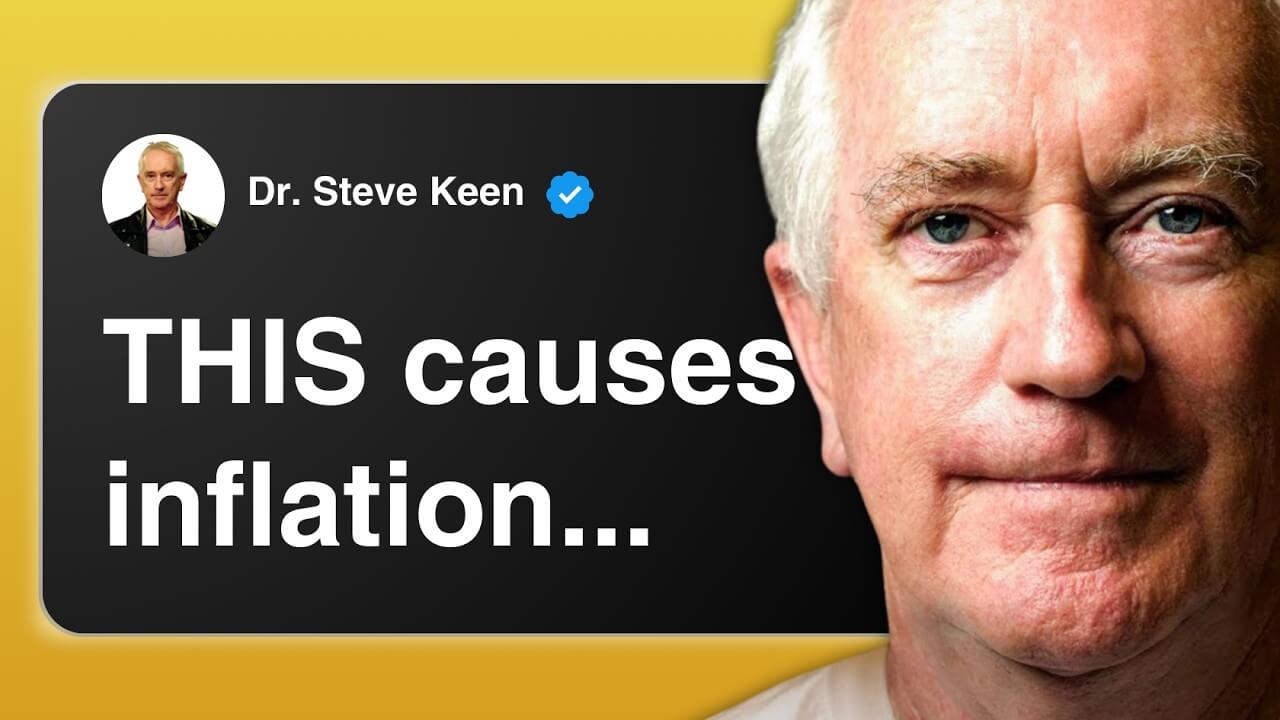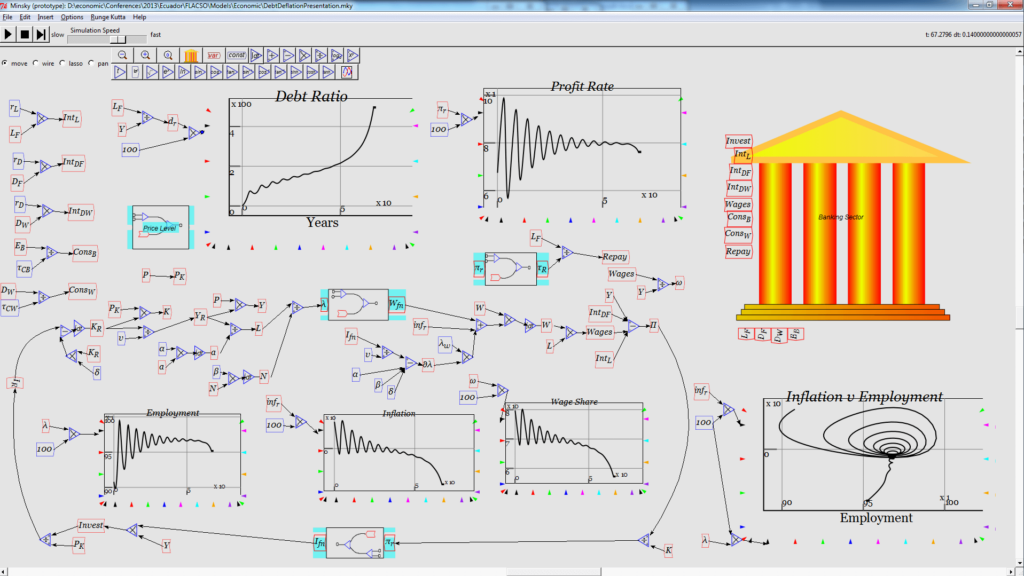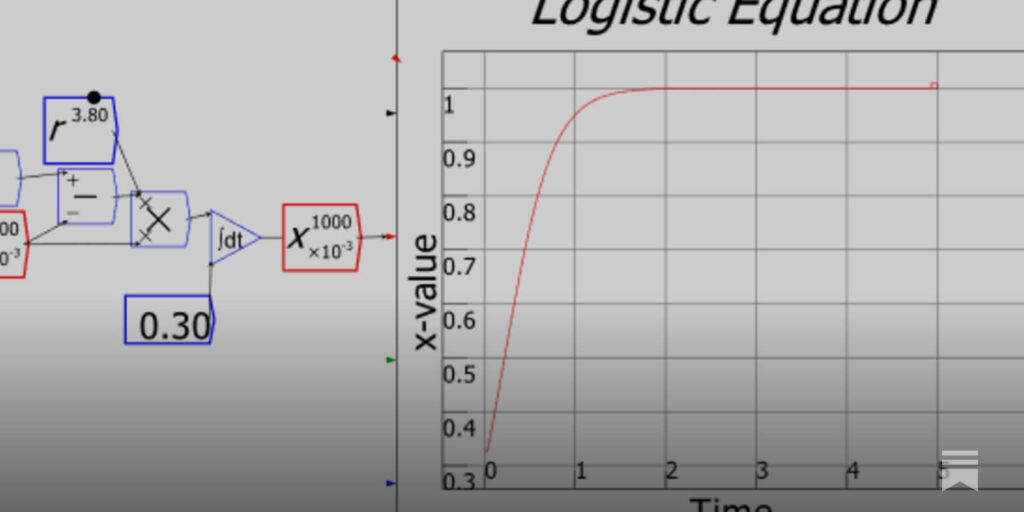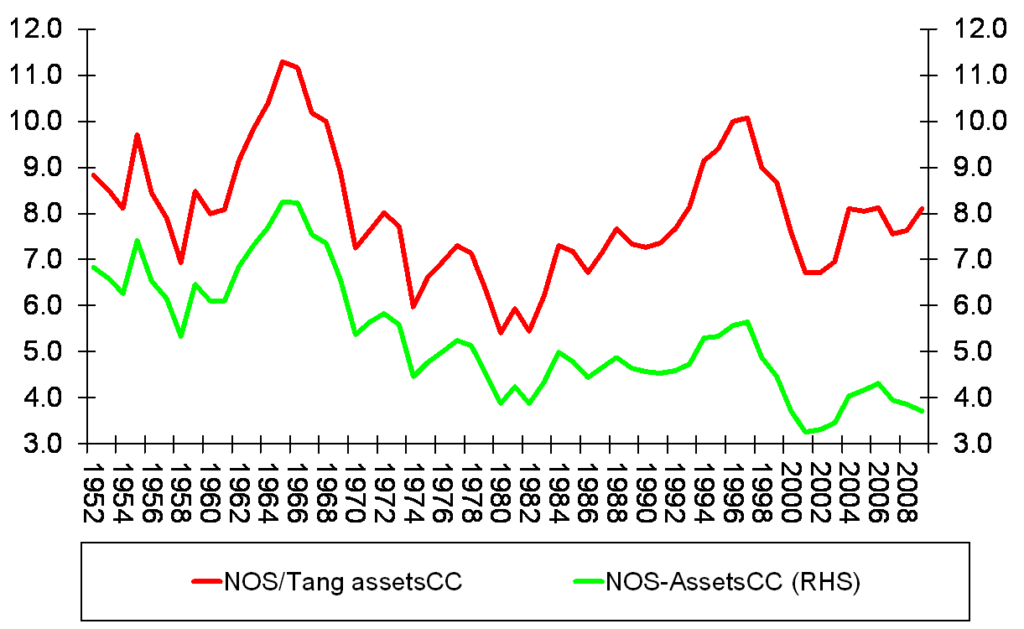The Role of Corporate Governance in Building Investor Trust and Accountability
In today’s competitive business environment, corporate governance is more than just a regulatory requirement — it is a strategic framework that ensures companies operate ethically, transparently, and efficiently. For investors, strong governance is a signal that a company is trustworthy, well-managed, and accountable for its actions.
Understanding how corporate governance fosters investor confidence and drives accountability is essential for entrepreneurs, executives, and business owners looking to strengthen their corporate reputation and long-term sustainability.
What Is Corporate Governance?
Corporate governance refers to the system of rules, practices, and processes by which a company is directed and controlled. It defines the relationships between shareholders, the board of directors, management, and other stakeholders, ensuring that decision-making aligns with the company’s strategic objectives and legal obligations.
Key principles of corporate governance include:
- Transparency: Clear and open communication with stakeholders
- Accountability: Directors and executives answerable for their decisions
- Fairness: Equal treatment of shareholders and stakeholders
- Responsibility: Ethical decision-making and long-term strategic thinking
These principles create a framework for responsible corporate management and form the foundation for investor trust.
Why Corporate Governance Matters for Investors
Investors rely on corporate governance to evaluate the risk and reliability of their investments. Strong governance practices signal that a company is well-managed, compliant with laws, and capable of sustainable growth.
1. Enhancing Transparency
Transparency in reporting financial results, risks, and strategic decisions allows investors to make informed choices. Accurate and timely disclosures reduce uncertainty and demonstrate that the company values accountability.
2. Ensuring Accountability
Corporate governance holds directors and executives accountable for their actions. Investors gain confidence knowing that decision-makers are legally and ethically bound to act in the company’s best interests.
3. Protecting Shareholder Rights
Good governance ensures that minority and majority shareholders have clear rights and that their interests are protected. Mechanisms such as shareholder voting, proxy rights, and dividend policies create a fair and equitable investment environment.
4. Risk Mitigation
By implementing compliance measures, internal controls, and ethical policies, corporate governance helps mitigate operational, financial, and legal risks — providing stability and confidence for investors.
Core Components of Effective Corporate Governance
To build investor trust, companies must focus on several critical governance components:
1. The Board of Directors
The board plays a central role in governance, overseeing management decisions, strategy, and risk. Independent directors ensure impartial oversight and prevent conflicts of interest. Directors must act in good faith, exercise due care, and prioritize the company’s success.
2. Internal Controls and Compliance
Robust internal controls, including audits, risk assessments, and compliance monitoring, protect the company from fraud, errors, and regulatory breaches. Corporate governance frameworks guide these processes, ensuring adherence to laws such as the Corporations Act 2001 in Australia.
3. Transparent Reporting
Financial statements, sustainability reports, and corporate disclosures are essential tools for investor trust. Transparency in reporting reduces information asymmetry and strengthens credibility in the eyes of stakeholders.
4. Ethical Leadership
Corporate governance emphasizes ethical decision-making and responsible leadership. Executives and managers set the tone for company culture, reinforcing integrity and accountability across all levels.
See more: How Compensation Lawyers Brisbane Can Expedite Your Claim
Corporate Governance in Practice: Australian Context
In Australia, corporate governance is shaped by both legislation and voluntary standards. The ASX Corporate Governance Principles and Recommendations provide guidance for listed companies on best practices, including board composition, risk management, and disclosure policies.
For example, companies like BHP and Commonwealth Bank have publicly committed to governance frameworks that emphasize transparency, ethical conduct, and board accountability — reinforcing investor confidence and corporate reputation.
Challenges in Corporate Governance
Despite its importance, implementing strong governance can be challenging. Common issues include:
- Conflicts of interest between management and shareholders
- Lack of transparency in reporting
- Weak internal controls
- Resistance to accountability measures
Corporate governance frameworks and oversight mechanisms help businesses address these challenges, ensuring sustainable and responsible management.

Real-World Example: The Impact of Weak Governance
The HIH Insurance collapse in Australia during the early 2000s highlighted the consequences of poor corporate governance. Inadequate risk management, conflicts of interest, and lack of transparency contributed to the company’s failure, resulting in significant investor losses and regulatory reforms.
This case underscores the importance of governance in preventing corporate failures and maintaining investor trust.
Benefits of Strong Corporate Governance
Implementing effective corporate governance provides multiple advantages:
- Investor confidence: Transparent and accountable operations attract investment
- Legal compliance: Reduces exposure to regulatory penalties and litigation
- Operational efficiency: Clear decision-making processes enhance performance
- Long-term sustainability: Ethical and responsible practices support growth and resilience
In essence, governance transforms compliance obligations into strategic benefits, fostering a culture of trust and accountability.
Conclusion: Governance as the Cornerstone of Investor Trust
Corporate governance is more than a regulatory requirement — it is a strategic tool that builds investor trust, ensures accountability, and supports sustainable growth. By establishing clear policies, ethical leadership, transparent reporting, and robust internal controls, companies can demonstrate responsibility and reliability to investors.
For business leaders and executives, strong governance is not optional; it is the backbone of credibility, risk management, and long-term success in today’s corporate landscape.
FAQS
Corporate governance is the system of rules, practices, and processes guiding company management. It ensures transparency, accountability, fairness, and ethical decision-making, which are essential for investor trust and sustainable business growth.
Governance enhances investor confidence by promoting transparency, protecting shareholder rights, enforcing accountability, and mitigating risks. Investors trust companies that demonstrate ethical management and clear reporting.
The key principles include transparency, accountability, fairness, and responsibility. These guide board decisions, ethical leadership, reporting practices, and compliance, fostering investor trust and corporate integrity.
Directors’ duties require acting in the company’s best interests, avoiding conflicts of interest, and exercising due care. Compliance with these duties ensures decisions are responsible and trustworthy, building confidence among investors.
The Role of Corporate Governance in Building Investor Trust and Accountability Read More »































